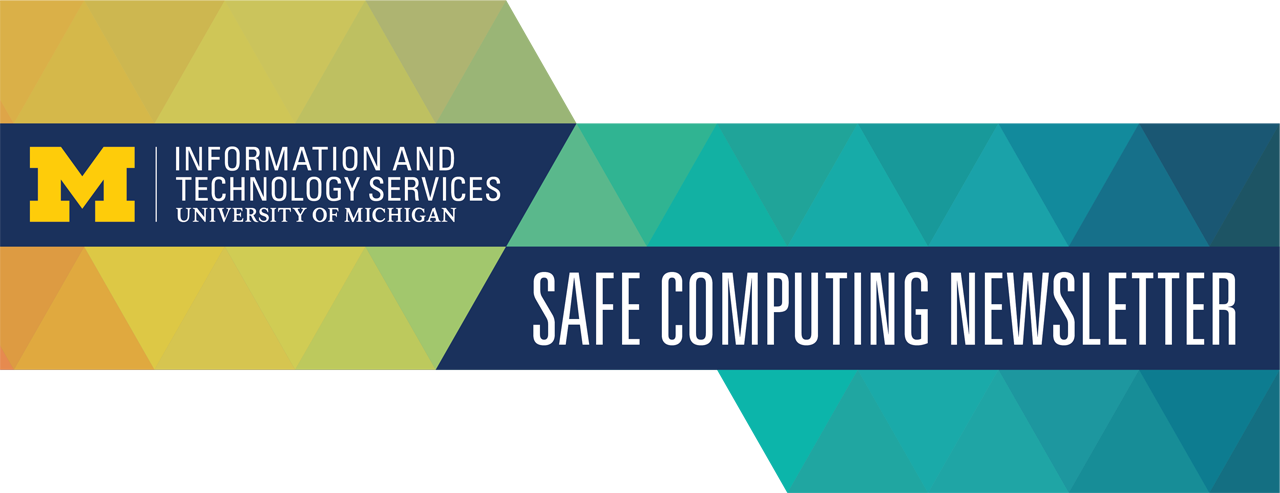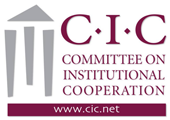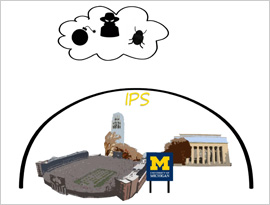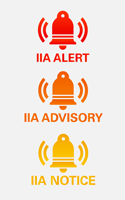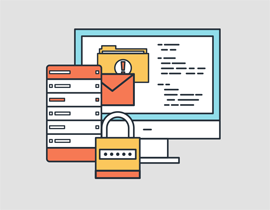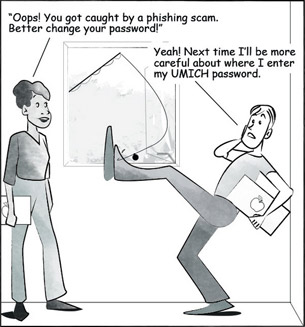The university is nearing the end of the process for selecting a vendor for an expanded multifactor authentication solution. Vendor demonstrations wrapped up in September, and the Multifactor Project team then conducted due-diligence exercises and explored pricing with the two vendors who remained under consideration. On November 18 and 19, the two vendors came to campus to demonstrate and describe deployment, administration, provisioning, and more in detail for their offerings. Once funding has been approved, contract negotiations will begin.
A group of representatives from ITS, Medical Center Information Technology (MCIT), the School of Dentistry, and the School of Information have been working together on a Multifactor Authentication Project to select a vendor in preparation for implementing multifactor authentication more widely across the entire university. Two new implementation partners recently joined the project: the Institute for Social Research (ISR) and Student Life. Both units are participating in the final stages of the vendor selection process and will participate in early implementation of the chosen solution.
Multifactor authentication means using more than one factor to verify your identity when you log in. It means using at least two of these three factor types: something you know (such as a password), something you have (such as a tokencode), and something you are (such as a fingerprint). U-M's new multifactor solution will include a smartphone app as an authentication factor.
U-M CISO Don Welch says, "The most powerful single thing that we can do to help protect both individuals and University of Michigan systems and data is to expand the use of multifactor authentication."
Once the new multifactor solution is in place, members of the university community will be offered the option to use it to protect all their U-M accounts. "We will encourage everyone to protect all their accounts with multifactor authentication," said Don.

